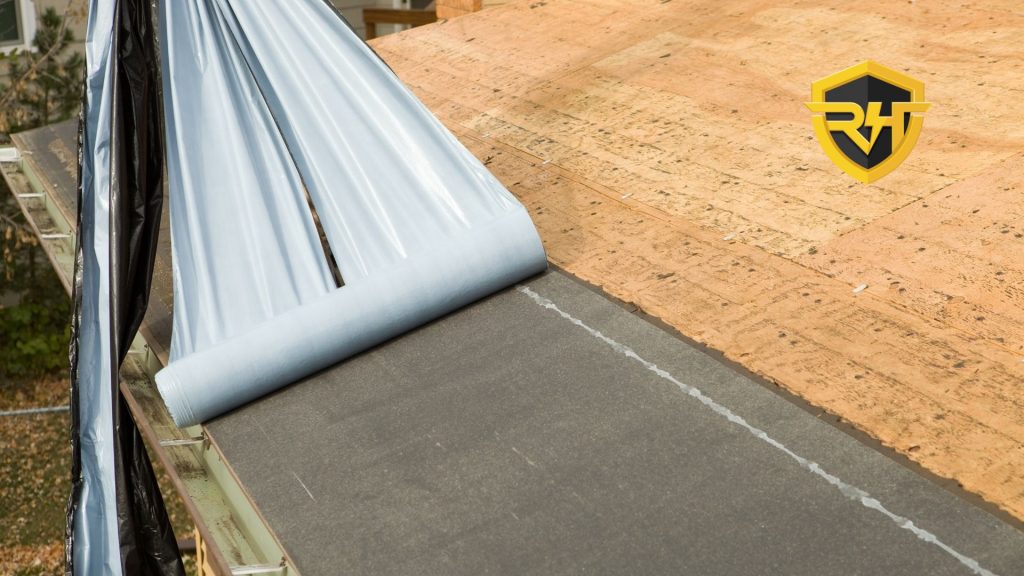This residential roof installation guide will help you navigate the process with confidence.
Embarking on a roof installation project is a significant undertaking, and when it comes to Naples, understanding the specific considerations is crucial. From the local climate to building codes, each step requires careful attention to detail.
In this comprehensive guide, we’ll walk you through the step-by-step process to ensure that your home receives a reliable and durable roofing system.

Step 1: Assess Your Roofing Needs and Budget
Before diving into the installation process, take the time to assess your roofing needs and establish a budget.
Consider factors such as the size and pitch of your roof, the architectural style of your home, and any specific requirements dictated by the local building codes in the area.
This initial assessment will guide your decisions on roofing materials and help you set realistic budget expectations for the project.
Step 2: Choose the Right Roofing Materials
Naples’s climate, characterized by hot and humid summers, demands roofing materials that can withstand a range of weather conditions.
Asphalt shingles and metal roofing are popular choices in the area. Each material has its unique advantages, such as durability, energy efficiency, and aesthetic appeal.
Consult with a local roofing professional to determine the most suitable material for your specific needs and preferences.
Step 3: Obtain Necessary Permits
Before starting any construction project in Naples, it’s crucial to obtain the required permits and ensure compliance with local building codes.
Check with the local authorities or your roofing contractor to understand the necessary paperwork and approvals.
Adhering to these regulations not only ensures the safety and integrity of your roof but also helps avoid potential legal issues down the line.
Step 4: Hire a Professional Roofing Contractor
Choosing a qualified and experienced roofing contractor is perhaps the most critical step in this residential roof installation guide.
Look for roof installers with a proven track record in Naples, proper licensing, and insurance. They should offer the best roofing services, and bring valuable knowledge about the specific challenges posed by the town’s climate.
Step 5: Remove Existing Roofing Materials
If your home already has an old roof, the next step in this residential roof installation guide involves the removal of existing materials.
This process allows for a thorough inspection of the roof deck, enabling contractors to identify and address any underlying issues before installing the new roofing system. It’s a labor-intensive step but a crucial one for the long-term performance of your new roof.
Step 6: Inspect and Repair the Roof Deck
Once the old roofing materials are removed, inspect the roof deck for any signs of damage or deterioration.
Address any issues promptly to ensure a solid foundation for the new roofing system. This is essential to prevent future problems and maximize the lifespan of your roof.
Step 7: Install Underlayment and Waterproofing
With a sound roof deck in place, the installation process begins with the application of underlayment. This layer serves as a barrier against moisture, enhancing the waterproofing of your roof.
The type of underlayment used may vary based on the chosen roofing material and local building codes.
Step 8: Install Roofing Materials
Now comes the exciting part – the installation of the selected roofing materials.
Whether you’ve opted for asphalt shingles, metal roofing, or another material, this step requires precision and attention to detail.
Follow the manufacturer’s guidelines and recommendations for installation to ensure the best performance and longevity of your new roof.
Step 9: Ensure Proper Roof Ventilation
Proper ventilation is crucial for maintaining the health of your roof and preventing issues such as mold growth and premature deterioration.
Install vents and airflow systems as needed to ensure adequate ventilation in your attic space. This step contributes to the overall energy efficiency and durability of your roofing system.
Step 10: Conduct a Final Inspection
Once the installation is complete, conduct a thorough final inspection of your new roof.
Check for any visible issues, ensure that all components are properly installed, and confirm that the roofing system meets the standards set by Naples’s building codes.
A comprehensive inspection provides peace of mind and sets the stage for a long-lasting and reliable roof.
In Need of a Professional Residential Roof Installation Guide?
Let Roof Heroes be your trusted partner! From assessing your roofing needs and budget to choosing the right materials, obtaining necessary permits, and conducting a final inspection, we’ve got you covered. Don’t navigate the complexities of the roof installation alone. Contact us now and let our expert team handle the job!

